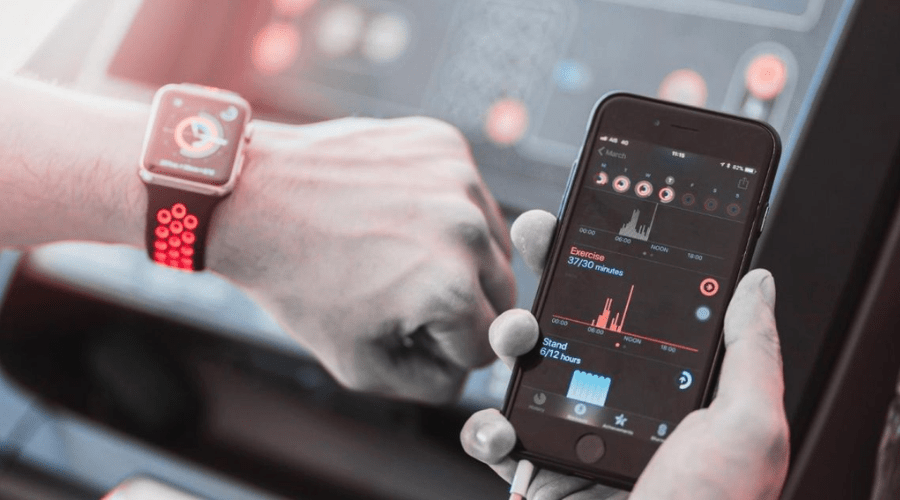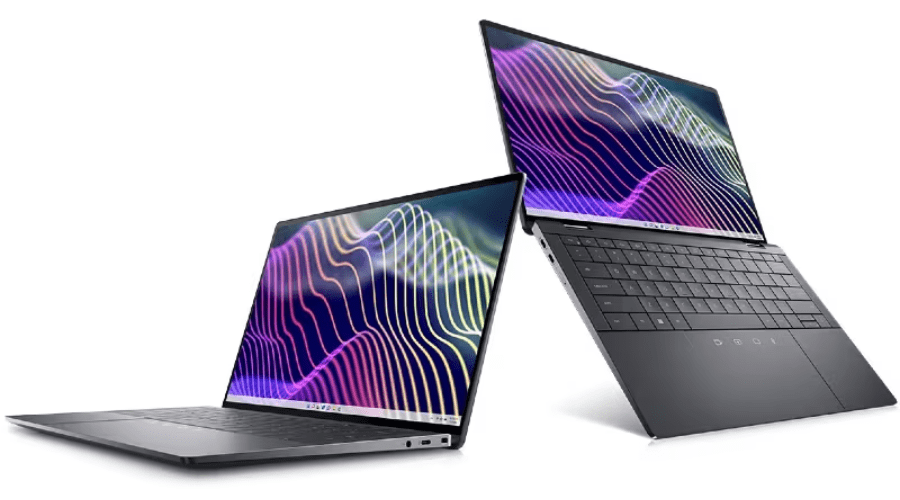
In the fast-paced digital era, gadgets have become an integral part of our daily lives, revolutionizing the way we communicate, work, and entertain ourselves. From smartphones to smartwatches, and from drones to virtual reality headsets, the world of gadgets has witnessed a remarkable evolution. In this blog, we will explore the impact of gadgets on our lives, the latest trends shaping the industry, and the future possibilities that lie ahead.
The Evolution of Gadgets: A Journey Through Time
From Basic to Smart: A Paradigm Shift
The journey of gadgets can be traced back to the humble beginnings of basic electronic devices. Early gadgets were primarily designed for specific purposes – calculators for computation, cameras for capturing moments, and radios for entertainment. However, the turning point came with the advent of smartphones, marking the beginning of the smart era.
Smartphones, equipped with advanced computing capabilities and internet connectivity, transformed into powerful multifunctional devices. The integration of various technologies, such as touchscreens, cameras, and sensors, paved the way for a new generation of gadgets. These smart devices became an extension of ourselves, changing the way we communicate, access information, and even manage our daily tasks.
Wearable Tech: Beyond Convenience
The rise of wearable technology represents another significant milestone in the world of gadgets. Smartwatches, fitness trackers, and augmented reality glasses have become commonplace, seamlessly blending into our daily routines. These gadgets not only provide convenience but also contribute to our health and well-being.
Fitness trackers, for instance, have empowered individuals to monitor their physical activity, sleep patterns, and overall health. With real-time data at our fingertips, we are more informed and motivated to make healthier lifestyle choices. Similarly, smartwatches have evolved into stylish accessories that not only tell time but also serve as personal assistants, allowing us to receive notifications, make calls, and track our fitness goals on the go.
The Latest Trends in Gadgets
Artificial Intelligence: The Brain Behind Smart Gadgets
Artificial Intelligence (AI) has emerged as a driving force behind the latest innovations in gadgets. Smart devices are now equipped with AI-powered features, enabling them to understand user preferences, learn from patterns, and provide personalized experiences. Voice assistants like Siri, Alexa, and Google Assistant have become an integral part of gadgets, allowing users to interact with their devices effortlessly.
AI also plays a crucial role in enhancing the capabilities of cameras, enabling features such as automatic scene recognition, image optimization, and even the creation of stunning night mode shots. As AI continues to advance, we can expect gadgets to become more intuitive and adaptive, seamlessly integrating into our lives.
5G Connectivity: A New Era of Connectivity
The rollout of 5G networks has ushered in a new era of connectivity, significantly impacting the capabilities of gadgets. With faster and more reliable internet speeds, gadgets can now leverage the full potential of cloud computing, enabling real-time collaboration, streaming high-definition content, and enhancing the overall user experience.
5G connectivity is particularly transformative for IoT (Internet of Things) devices, allowing them to communicate and exchange data more efficiently. Smart homes, equipped with interconnected gadgets like smart thermostats, lights, and security systems, can now operate with minimal latency, providing a seamless and responsive environment.
Sustainable Gadgets: A Greener Tomorrow
As the world grapples with environmental challenges, the tech industry is making strides towards sustainability. Gadgets are now being designed with eco-friendly materials, energy-efficient components, and recyclable packaging. Manufacturers are adopting responsible production practices to reduce electronic waste and minimize their carbon footprint.
Solar-powered gadgets, such as solar chargers and solar-powered backpacks, are gaining popularity as individuals seek more sustainable alternatives. Additionally, modular gadgets that allow users to upgrade specific components instead of replacing the entire device are becoming a trend, promoting a more circular and sustainable approach to technology.
The Future of Gadgets: Beyond Imagination
Augmented Reality and Virtual Reality: A New Dimension
The realms of augmented reality (AR) and virtual reality (VR) are opening up new possibilities for gadgets. AR overlays digital information onto the real world, enhancing our perception and interaction with our surroundings. VR, on the other hand, immerses users in a simulated environment, offering endless opportunities for entertainment, education, and virtual collaboration.
AR-enabled glasses, such as the highly anticipated augmented reality glasses from major tech companies, promise to revolutionize how we consume information. From interactive navigation to virtual shopping experiences, AR is poised to become an integral part of our daily lives through gadgets that seamlessly blend the physical and digital worlds.
Quantum Computing: Reshaping the Computing Landscape
While quantum computing is still in its infancy, it holds the potential to revolutionize the capabilities of gadgets in the future. Unlike traditional computers that rely on bits for processing information, quantum computers use quantum bits or qubits. This allows them to perform complex calculations at speeds unimaginable with classical computing.
The impact of quantum computing on gadgets could range from significantly faster data processing to breakthroughs in encryption and data security. As the technology matures, we can expect gadgets to leverage the power of quantum computing for tasks that were once considered impossible or impractical.
Brain-Computer Interfaces: Merging Mind and Machine
The concept of brain-computer interfaces (BCIs) is gaining traction, hinting at a future where gadgets can be controlled directly by our thoughts. BCIs bridge the gap between the human brain and external devices, opening up possibilities for hands-free interaction with gadgets and even enhancing cognitive abilities.
Imagine a world where typing on a keyboard or tapping on a touchscreen is replaced by seamlessly transmitting our thoughts to control gadgets. While this may sound like science fiction, ongoing research and developments in neurotechnology suggest that brain-computer interfaces could become a reality in the not-so-distant future.
Conclusion: Embracing the Gadgets Revolution
In conclusion, gadgets have come a long way from being basic electronic devices to becoming indispensable elements of our daily lives. The evolution of smart technology, the integration of artificial intelligence, and the advent of 5G connectivity are shaping the current landscape of gadgets. As we look to the future, augmented reality, quantum computing, and brain-computer interfaces promise to take the gadgets revolution to unprecedented heights.
The key to harnessing the full potential of gadgets lies in responsible innovation. As technology continues to advance, it is essential to address concerns related to privacy, security, and environmental impact. By embracing sustainable practices, prioritizing user experience, and staying at the forefront of technological advancements, the gadgets industry can continue to enhance our lives and redefine the way we interact with the world. So, let’s embrace the gadgets revolution and look forward to a future where innovation knows no bounds.










